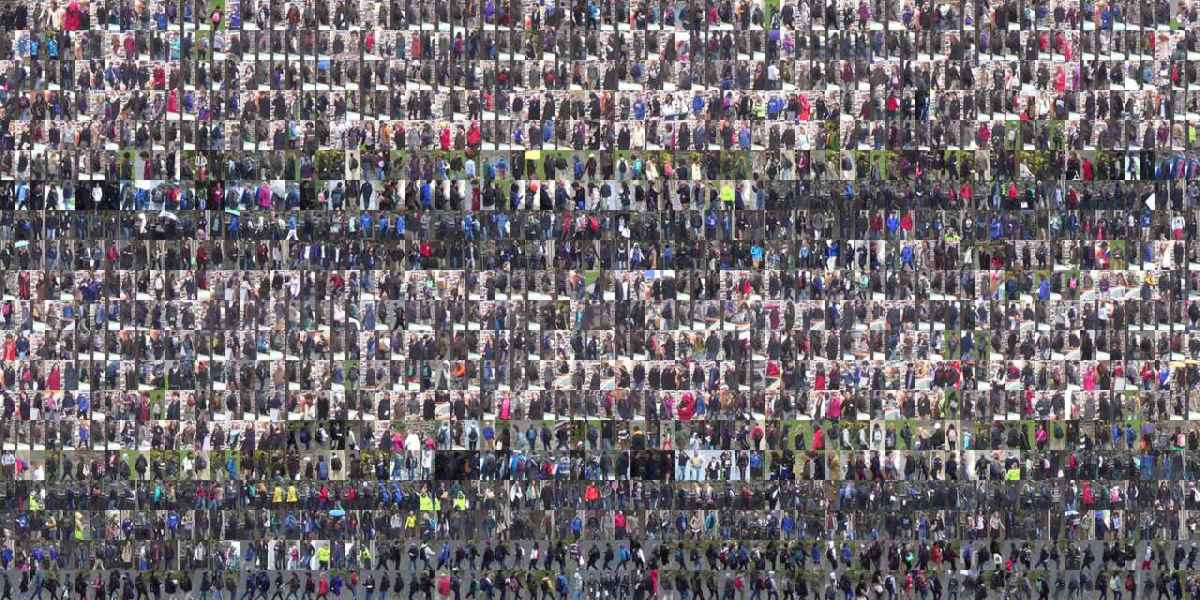Duke researcher apologizes for exposing student images to Chinese military

A computer science professor at Duke University wrote a letter to the university’s newspaper on Thursday apologizing for deviating from conditions of a 2014 research project that ultimately placed images of 2,000 students in a public database.
The database, which the university says it removed from its public website in April, contained more than two million frames of video footage recorded on March 14, 2014, at a handful of busy walkways on the university campus. The project, which was led by professor Carlo Tomasi and doctoral student Ergys Ristani, used video cameras to record students for 85 minutes for the purpose of furthering their pedestrian-tracking research.
Though the project was approved by the campus Institutional Review Board, Tomasi deviated from at least two conditions of the project’s approval. The recordings were required to be indoors, but researchers instead recorded students at eight locations on campus grounds outside.
“As directed, we placed posters at all entrance points to the recording area,” Tomasi explains in his apology.
The resultant data was also required to be held by researchers and provided to other researchers only after a direct request for the data. Instead, Tomasi and Ristani posted the datasets on the university’s website where they were downloaded thousands of times by organizations from around the world.
Since being published in 2016, the data has been cited in hundreds of academic, commercial and military research projects. Nearly half of the citations are attributed to Chinese researchers, including two Chinese military academies — the National University of Defense Technology and the Army Engineering University of People’s Liberation Army, according to Megapixels, a project that researches biometric surveillance.
The university says it is not possible to track who has accessed the images or for what purposes.
“I genuinely thought I was following IRB guidelines in our project on video analysis,” Tomasi says in his apology. “I take full responsibility for my mistakes, and I apologize to all people who were recorded and to Duke for their consequences.”
According to Ristani’s research paper, the so-called “Multi-Target Multi-Camera Tracking and Re-identification” project “aims to determine the position of every person at all times from video streams taken by multiple cameras” with support from a neural network.
The study was funded by the U.S. Army Research Office and the National Science Foundation.


